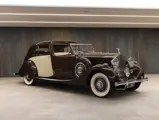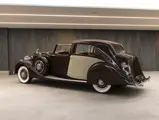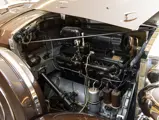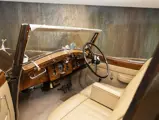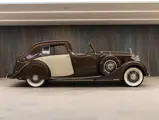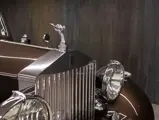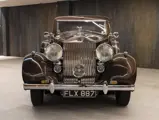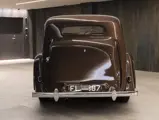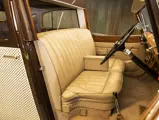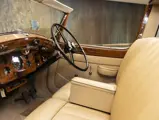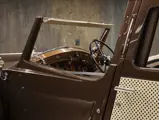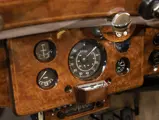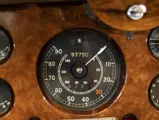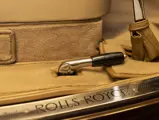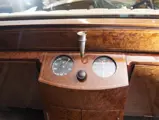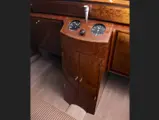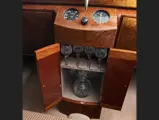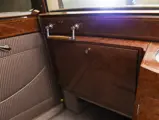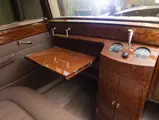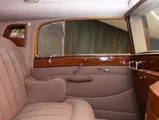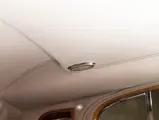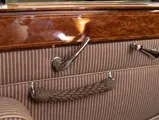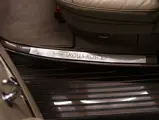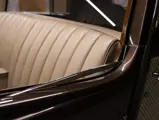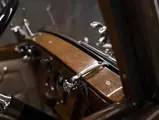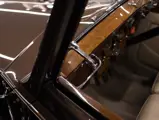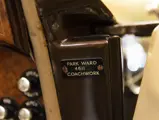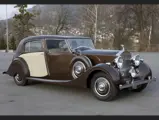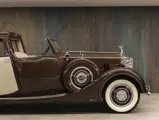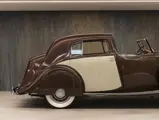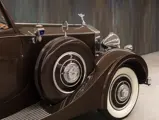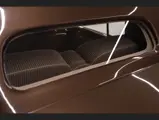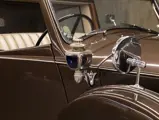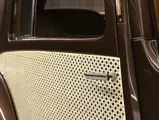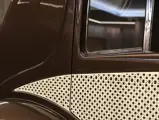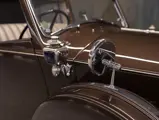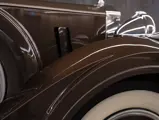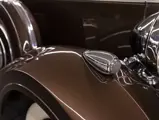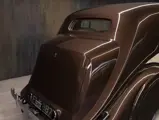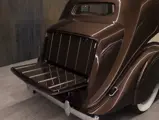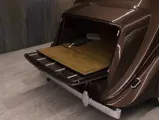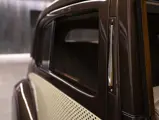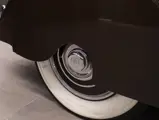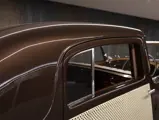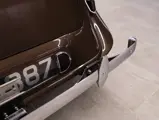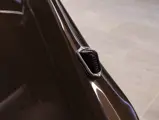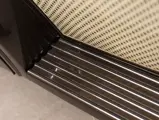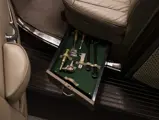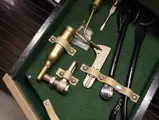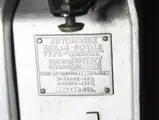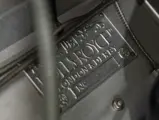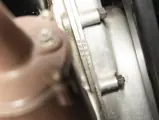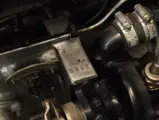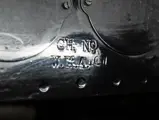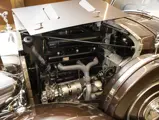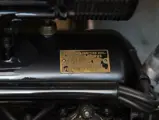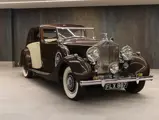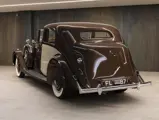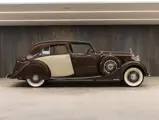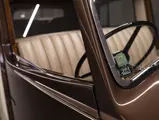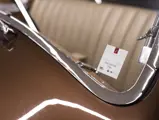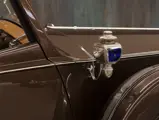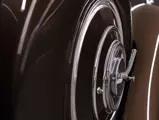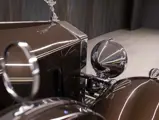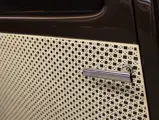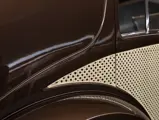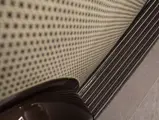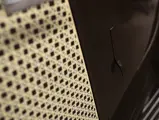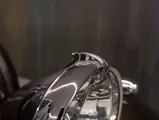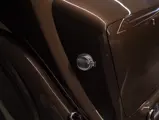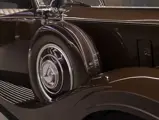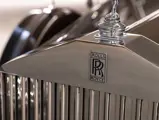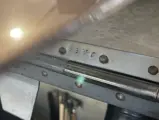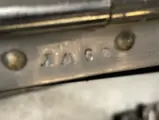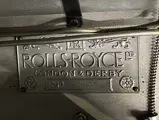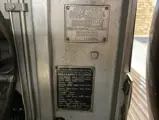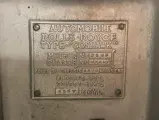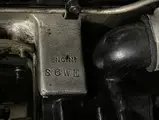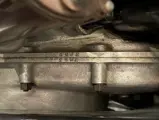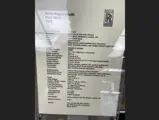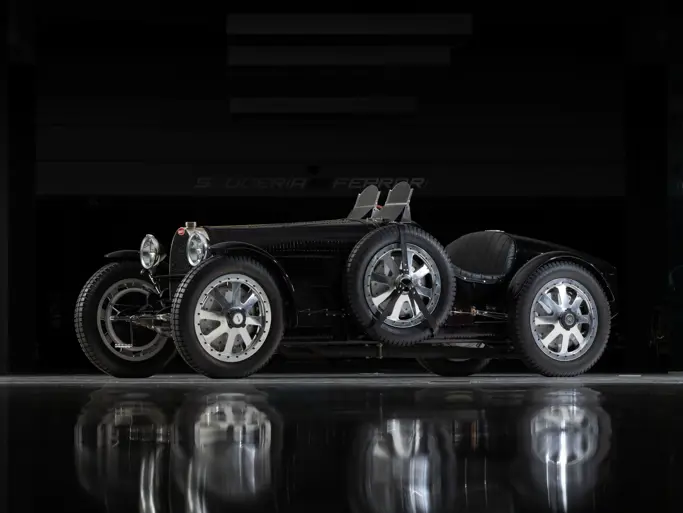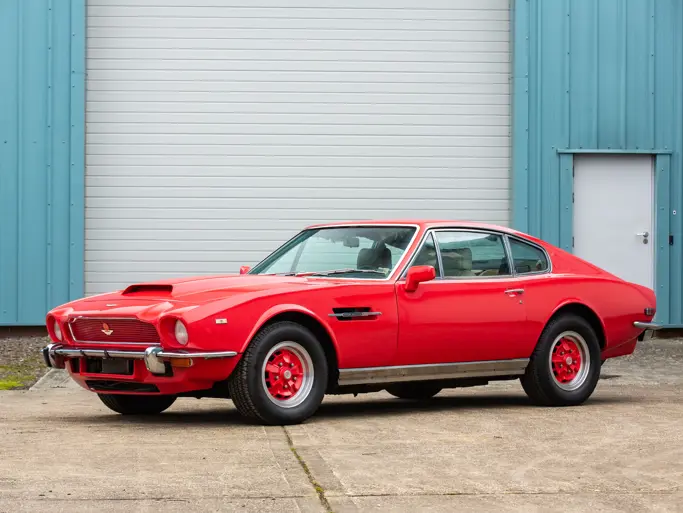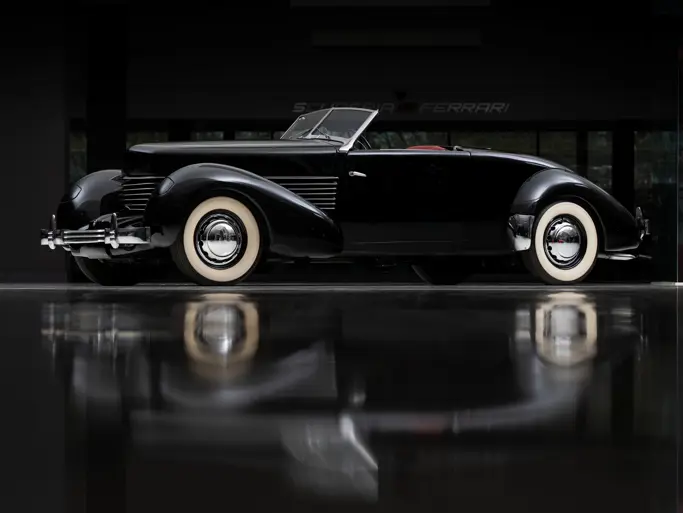A Passion for Elegance
1938 Rolls-Royce Wraith Sedanca de Ville by Park Ward *
{{lr.item.text}}
CHF342,500 | Sold
 | Eschen, Liechtenstein
| Eschen, Liechtenstein
{{internetCurrentBid}}
{{internetTimeLeft}}

- Rolls-Royce’s 1938 Geneva and Brussels Salon car
- The sole example of this streamlined, close-coupled design on the Wraith chassis
- Immaculate, beautifully detailed restoration
- Accompanied by copies of its build documentation
- An exceptionally beautiful and important Wraith
The large chassis of the pre-World War II Rolls-Royce Phantoms provided plenty of space for a designer’s pencil to play, resulting in some truly striking automobiles with extraordinarily excellent proportions found even in saloons and limousines. When it came to the smaller Rolls-Royce chassis, the same coachbuilders seemed often not to know what to do with themselves, resulting in bodies that appeared somewhat out of sorts.
A noteworthy exception is this utterly striking Wraith, right-hand drive chassis number WXA107, which stands as a genuine testament to the talent of its designer, John W. Fagan, and its builders, the renowned firm of Park Ward. The lines are spectacular, with a hoodline visually extended back to a raked windshield, a division and rear door shut line cut at the same angle, and full-figured fenders that roll gracefully over the wheels and meet an elegantly swept tail. Park Ward’s patented chauffeur’s extension created a smooth, sedan-like roofline when drawn closed. While the light-colored finishes to the rear doors and body echoed the formal carriages of old, nothing else on this automobile did—it was a truly streamlined Sedanca de Ville. Any Phantom III would have been proud to carry it, and in fact, two did; on the Wraith, the aluminum coachwork was a one-off design, scaled down magnificently, creating one of the foremost works on this chassis.
That chassis number WXA107 was so carefully crafted is no surprising; it was intended from the moment of its frame’s birth to be a show car, as noted on the factory build documents clearly marked “Continental Shows” and with the notation that Rolls-Royce itself had ordered the body. The list of special features runs a meticulously handwritten full page, with Rolls-Royce spelling out each aspect of the Park Ward coachwork, from the brackets for the registration plate to the finish used on interior cabinetry. Apparently overtime and transport costs were divided evenly between the factory and coachbuilder, both recognizing that the best talents of their staff would be on display. Indeed they were, both at the shows and in period press; chassis number WXA107 was seen in the 27 January 1939 issue of The Autocar.
Following its appearance at Brussels, the Wraith was returned to London and sold on 30 May 1939 to provisions merchant Albert Van den Bergh of 10 Stratton House in Piccadilly; it was delivered roughly a week later and assigned its present registration number. Its subsequent history is not entirely known, but by 1970 it had made its way to the United States, being sold by Harry Gladding of Baltimore, Maryland, to James Van Pragg of Decatur, Illinois, that year. In 1980 it passed to William Sproat of Champaign, Illinois, then in 1983 to Jim Adams of Louisiana and in 1987 to Robert Martin of Houston, Texas.
Eventually the automobile returned to its home country and in 1990 was sold to Bernard Crowley, who undertook a complete restoration, overseen by Fiennes Engineering and completed in late 1999. Reportedly the entire inner wood structure was replaced, but the original engine was retained. The work was immaculately done and faithfully captured the original coachwork while also incorporating a few subtle alterations, such as the additions of a second nearside spare wheel and a rear compartment outfitted with picnic trays and a cocktail cabinet, sporting a second speedometer and clock. The color scheme was changed from the original livery to a wonderful, subtly Metallic Sepia with decorative “sham cane,” a fabulous “lost art” touch.
The completed restoration won several awards, including First Prize at the Rolls-Royce Enthusiasts’ Club Concours in 2000 and 2005, and First Prize at the 20 Ghost Club Concours in 2005. It was eventually acquired for the present collection in 2009 and has since been superbly looked-after, remaining in excellent condition save only for a few minor scratches where the bonnet meets the body. Accompanying the Wraith are, of course, detailed build records, other extensive historical documentation, and a FIVA Identity Card.
This is an incomparable, one-off streamlined, audacious Wraith—truly a showpiece, as when it was new.

